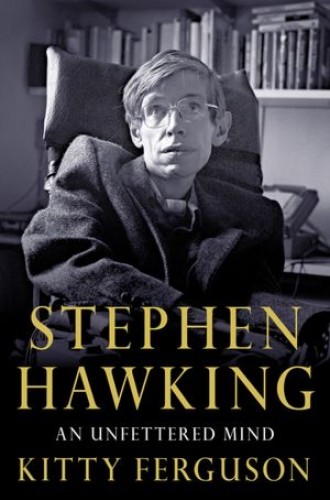Grand theory
Throughout most of his career, physicist Stephen Hawking has strived for a theory of everything—a complete, integrated understanding of what makes the universe work, from the smallest of subatomic particles to the incomprehensibly massive expanse of the galaxies. In the first edition of his best-selling book A Brief History of Time, published in 1988, he declared that to achieve the discovery of this theory would be to “know the mind of God.”
Hawking’s own mind with respect to God is tightly intertwined with the history of the search for the grand theory. He has declared himself neither theist nor atheist. He prefers to refer to “God as the embodiment of the laws of physics.”
As Kitty Ferguson points out in her biography of Hawking, it’s difficult to know Hawking’s most intimate thoughts on the matter because amyotrophic lateral sclerosis (ALS), known as Lou Gehrig’s disease in the United States and as motor neuron disease in Hawking’s native England, long ago left him unable to move or speak. He communicates laboriously through a computer that he controls with the twitch of a cheek muscle. Nevertheless, Ferguson’s thorough, objective and insightful account provides us with a good sense of Hawking’s thoughts on God. Launched in the same month as Hawking’s 70th birthday, the book also takes stock of the quest for the theory of everything and the limitations Hawking and others have faced in that search.





